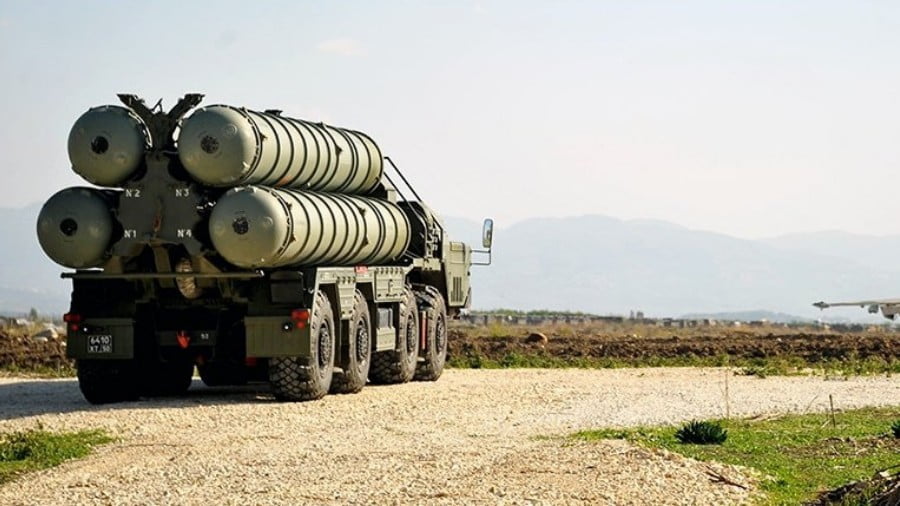The US Navy Reestablishes Its Second Fleet to Counter Russia
The US Navy is reestablishing its Second Fleet in order to control the North Atlantic. It will be operational by July 1 and headquartered in Norfolk, Virginia. This is another step to prepare for possible combat actions against Russia, which is viewed as a potential enemy.
The Fleet was disbanded in 2011, as nothing challenged the US Navy in the Atlantic Ocean at that time. This move is in line with the provisions of the 2018 National Defense Strategy, which lists the mission to counter Russia and China as a top priority. The Second Fleet played a crucial role during the Cuban Missile Crisis in 1962 and invaded Grenada in 1983.
The US military admits that the competition between the world’s leading naval powers is back on again. This is because Russia’s modernization efforts have made its navy a formidable force for the US to reckon with. American ships and aircraft have recently stepped up their activities in the Atlantic Ocean and the Baltic Sea.
The proposed NATO Joint Forces Command (JFC), also operating out of Norfolk, Virginia, will be responsible for much the same region. The JFC will conduct operations across a full spectrum of missions, from CONUS to Europe. Last month the Supreme Allied Commander in Europe, General Curtis Scaparrotti, called for increasing NATO forces on the continent. Protecting sea lanes to transfer troops and equipment has become a mission of paramount importance.
The US is considering plans to increase its fleet, including reactivating the Oliver Hazard Perry-class frigates. The lives of the ships already in active service could be extended in order to meet the goal of a 355-strong navy. There are plans to install vertical launch systems on at least six San Antonio-class landing ship docks and six auxiliary vessels, in order to increase the Navy’s missile strike capability.
The US is reactivating and modernizing its naval aviation base at Keflavik, Iceland, including the renovation of a hangar to accommodate P-8A Poseidon maritime patrol aircraft that are designed to hunt Russian submarines. Iceland is an unsinkable aircraft carrier. A military presence there makes it possible to control the Greenland-Iceland-United Kingdom gap, which Russia’s Northern Fleet surface ships and submarines have to cross on their way to the Atlantic Ocean. Roughly 300 US Marines are based out of Norway.
Having crossed the Atlantic, the Second Fleet ships will join the Sixth Fleet in the Mediterranean. The Harry S. Truman carrier strike group entered the Sixth Fleet’s area of operations on April 18, which was a change from the previous plan to operate in the Persian Gulf. This is the first time a carrier has been deployed in the Mediterranean Sea since July 2017. It looks like from now on, a flat top will be present in the region permanently, just like back during the days of the Cold War. After all, any forces that are based in Europe could easily move to other theaters, if need be. The carrier group is being drawn into combat operations on Syrian soil. The Sixth Fleet has considerably boosted its firepower. Today it can launch about 90 flat top-based aircraft and over 1,000 ship-based long-range surface-to-shore cruise missiles.
After Crimea joined Russia in 2014, the US substantially increased its military presence in Europe by deploying an armored brigade combat team supported by a combat aviation brigade. The Army has also prepositioned equipment for another armored brigade.
Since 2015, four Aegis-equipped guided-missile destroyers have been based out of Rota, Spain, as an element of NATO’s ballistic missile defense. They can always move to the Mediterranean. Meanwhile, the bloc has stepped up its naval training activities in the region.
The US Navy has doubled its deployments to the Black Sea. NATO has followed suit.
The Military Sealift Command (MSC) is increasing its logistics support of the Sixth Fleet as more warships are deployed to counter Russia. Last year the command transported twice the ordnance, three times as many critical parts, and 33% more cargo to Europe and Africa than in 2016. This is a very important fact that illustrates a trend.
According to Chief of Naval Operations Admiral John Richardson, the Navy is “spending a lot more time in the European theater.” It is “working the Russian presence problem” there. The US Naval Institute is sounding the alarm, claiming that those poor Europeans have been left grappling with “aggressive” Russian operations. And the US Navy has to reluctantly do something about the impending “Russian threat.”
In reality, the revival of the Second Fleet is part of a well-planned preparation for possible war against Russia that could take place on the land, on the sea, and in the air. It is offensive — not defensive — operations that the US-led bloc is getting ready for. The West is engaged in a multi-front and multi-domain campaign against Moscow. It has just taken another step down that path. With so many problems threatening its existence, it needs someone to unite it and distract the public’s attention from those other problems that Russia has nothing to do with. An imaginary threat justifying all the steps that have been taken to boost its military capabilities fits that bill nicely.







